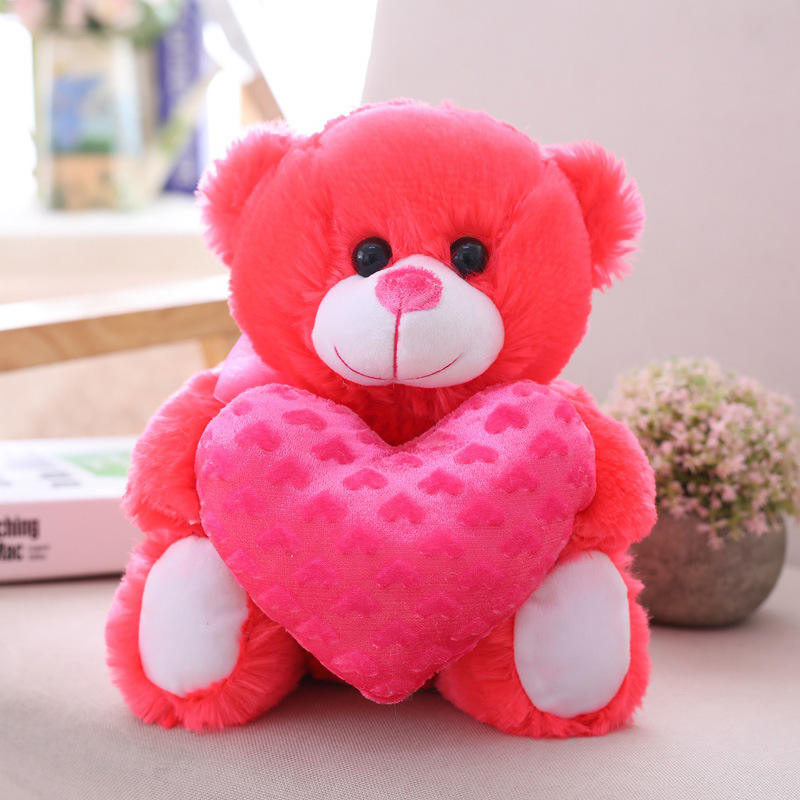The production and disposal of teddy bears can have a significant impact on the environment, but there are ways to shop for eco-friendly options. Here are some tips for shopping for eco-friendly teddy bears:
- Choose Natural Materials: Look for teddy bears made from natural materials such as organic cotton, wool, or bamboo. These materials are more sustainable than synthetic materials and are biodegradable.
- Check for Certifications: Look for certifications such as the Global Organic Textile Standard (GOTS) or the OEKO-TEX Standard 100, which ensure that the materials used in the production of the teddy bear are eco-friendly and free from harmful chemicals.
- Buy from Sustainable Brands: Research and support brands that prioritize sustainability in their production processes and materials sourcing. Look for brands that use recycled materials or have a focus on reducing their carbon footprint.
- Opt for Local or Handmade: Choosing locally-made or handmade teddy bears can reduce the environmental impact of transportation and support local economies. Handmade teddy bears also often use recycled or upcycled materials.
- Repurpose or Donate: Instead of throwing away old or unwanted teddy bears, consider repurposing them into something new or donating them to a local charity or children’s hospital.
In summary, shopping for eco-friendly teddy bears involves choosing natural materials, looking for certifications, supporting sustainable brands, opting for local or handmade options, and repurposing or donating old teddy bears. By making conscious choices in our teddy bear purchases, we can reduce the environmental impact of this beloved toy.


